Why Senator Radogno Has it Wrong on Education Funding | 12.8.15
Written by Christopher Ball, CPS parent and RYH Board member
This is a response to Senator Radogno's op-ed in the Tribune 12/4/15: CPS Gets More than Its Share Fair from IL
While it is true that Chicago's mayors and their self-appointed Board of Education failed to make adequate contributions to the Chicago Teachers' Pension Fund (CTPF), Sen. Radogno omits another crucial fact. In 1994, as part of statewide pension reforms, the Illinois General Assembly declared that it was "its goal and intention" to contribute 20 to 30 percent of the annual amount given to the state teachers' pension fund to the Chicago teachers' pension fund, as it had done in the past. The state never did so. CPS and Chicago teachers were left to sustain both the pension cost and the operating costs, a burden that no other school district faces.
This problem is made worse because the state funds a paltry amount for education. llinois consistently ranks in the bottom five of states that contribute the least percentage of education funds. Over the past five years, the state's Education Funding Advisory Board has recommended a level of per pupil funding over $8,300 but the General Assembly has appropriated only $6,119 per pupil, and then reduced that amount as well. The state's unwillingness to raise sufficient revenue to fund the educational needs of its students is shameful.
Worse, Sen. Radogno mis-states the degree of state aid that CPS receives and the degree of need that it has. She states:
•Chicago has fewer than 19 percent of all students in the state, but it receives approximately 27 percent of the of the state's personal property replacement tax paid by corporations.
In fact, CPS receives only 14 percent of the statewide PPRT; it receives 27 percent of the Cook County allotment.
•Chicago has 30 percent of all low-income students in the state, but it receives more than 50 percent of all free breakfast and lunch dollars, 42 percent of poverty-based education funding and 37 percent of early childhood funding for at-risk students.
In fact Chicago receives 28 percent of the federally funded National School Lunch and Breakfast program funds, which was $204 million in FY15. These are the primary student nutrition programs. The Illinois Free Lunch and Breakfast Program is a small program, providing Chicago with $7.25 million. CPS receives less than 29 precent of the combined federal and state funding for school nutrition.
Chicago is one of the districts with poverty concentration above 90% of enrolled students. The other districts with such poverty levels received an average of $6,251 per pupil in General State Aid in FY15; Chicago received only $3,331 per pupil, ranking it in 297th place in per pupil aid.
•Chicago's population accounts for 25 percent of communities that receive supplemental property tax funding, yet CPS receives 88 percent of Property Tax Extension Limitation Law (PTELL) adjustment dollars.
Chicago's students account for 65 percent of the enrollment in districts that receive PTELL adjustment dollars. The PTELL adjustment is due to the state's cap on CPS's ability to raise more revenue.
Certainly there is a need for a more equitable and more sufficient state funding formula for education. But wrongly portraying Chicago as taking more than its share from the rest of state is no way to begin such an effort.
Sources
(40 ILCS 5/17-127) (from Ch. 108 1/2, par. 17-127)
http://nces.ed.gov/programs/digest/d14/tables/dt14_235.20.asp
EFAB report, p.9: http://isbe.net/EFAB/pdf/final-report-01-15.pdf
PPRT from corporation data come from CPS FY15 Budget: http://cps.edu/fy15budget/Pages/revenue.aspx
School nutrition data is from ISBE Budget Book ($725 million allocation, which comes from federal dollars) and CPS budget interactive reports on federal revenue:
On poverty data, ISBE GSA data:
